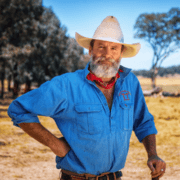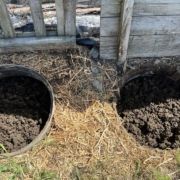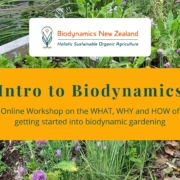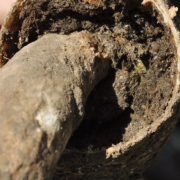2023 Conference Sessions 🦋 – Regenerative Practices for Land and Water
“We Need Transformation” when it comes to our relationship with water.
This is the first topic that will be tackled at this year’s 2023 Biodynamics Conference – Biodynamics and You, by the incredible Gary Williams.
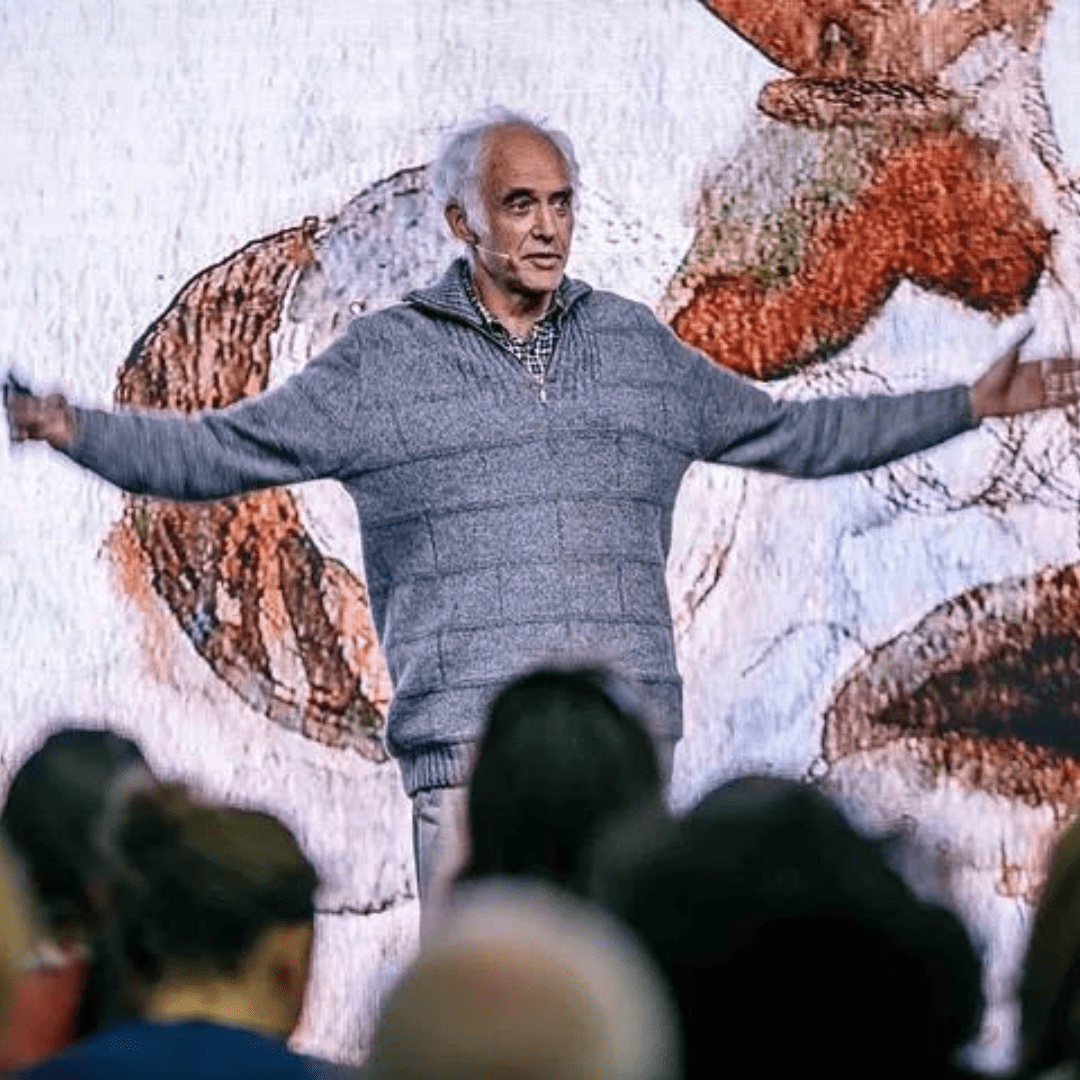
Join Gary for the very first Conference Session on Saturday morning (20th of May) – Regenerative Practices for Land and Water
In his session, Gary will explore the links between land and water, through the water cycle, and the differing relationships of diverse regenerating farming and monocultural industrial food growing. The underlying theme will be the cultural worldview that conditions our relationships to, and impacts on, both waterways and food growing.
Gary’s philosophy is that we need to work in harmony with land and water, not dominate it as is the general agricultural practice.
The health of our rivers and water quality will be a very important topic for us to tackle in the next few years. Hear a water engineer’s and biodynamic farmer’s point of view that we need to “work with nature rather than against it”.
A few years ago – Gary presented at the New Frontiers Summit – you can read a write up of that talk here.
For those who are particularly interested in this topic. Here’s a bit more background on Gary’s conference session.
The following is a paragraph in an excerpt from an international scientific article Gary was a contributing author to.
The article contrasted a wholistic nature-based of matauranga Maori approach to water and waterways with the dominance and control approach of the western European mindset.
“Anthropogenic assertions of dominance over nature in the river management arena have been echoed in intensive approaches to industrial agricultural practices in Aotearoa New Zealand, with their dependence upon high energy and high chemical use. There is little prospect to avoid an impending crisis, unless sustainable approaches to agriculture production are incorporated within integrated water resource management plans [76]. As of yet, limited uptake of regenerative approaches to rewilding rivers parallels few (but important) small-scale approaches to regenerative agriculture—practices that work with nature, rather than against it.”
Brierley, G.; Fuller, I.; Williams, G.; Hikuroa, D.; Tilley, A. Re-Imagining Wild Rivers in Aotearoa New Zealand. Land 2022, 11, 1272. https://doi.org/10.3390/land11081272
For more info about Gary Williams and what he gets up to on his land in Otaki – check out his website here.


